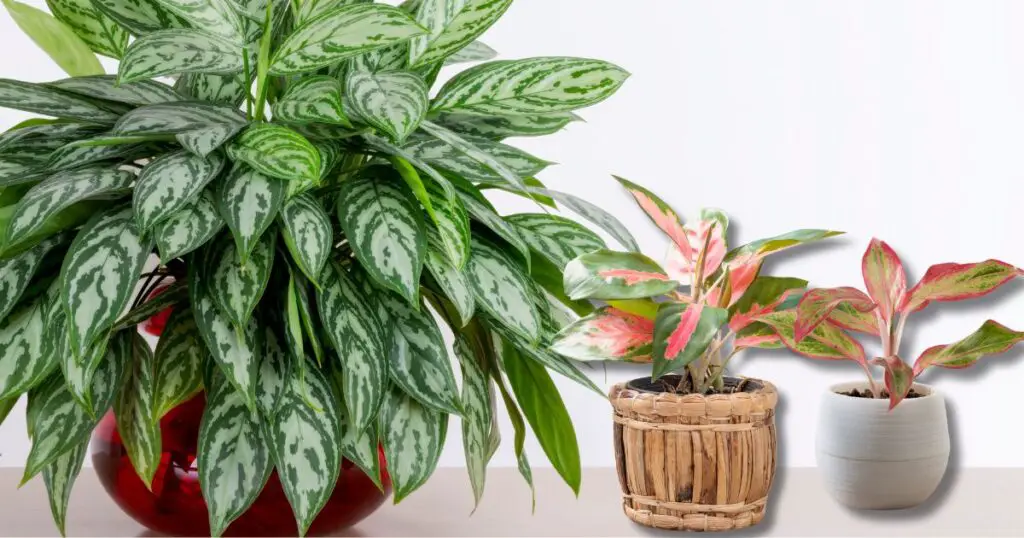As an Amazon affiliate, I may earn from qualifying purchases. Please read our Disclaimer and Privacy Policy.
If you’re scratching you’re head wondering how to propagate aglaonema pictum tricolor plants, I’ve got some tips for you.
The plant, also known as the Chinese evergreen, is a gorgeous tropical plant. It has natural camouflage patterns and vibrant foliage.
You may have read somewhere that the process is easy and maybe that’s left you frustrated! The reality is that they do take a long time to grow. It can takes weeks to see signs of new growth, even with proper care.
In addition, the plant thrives in high humidity, which can make it challenging in dry climates or during winter months when indoor air tends to be drier.
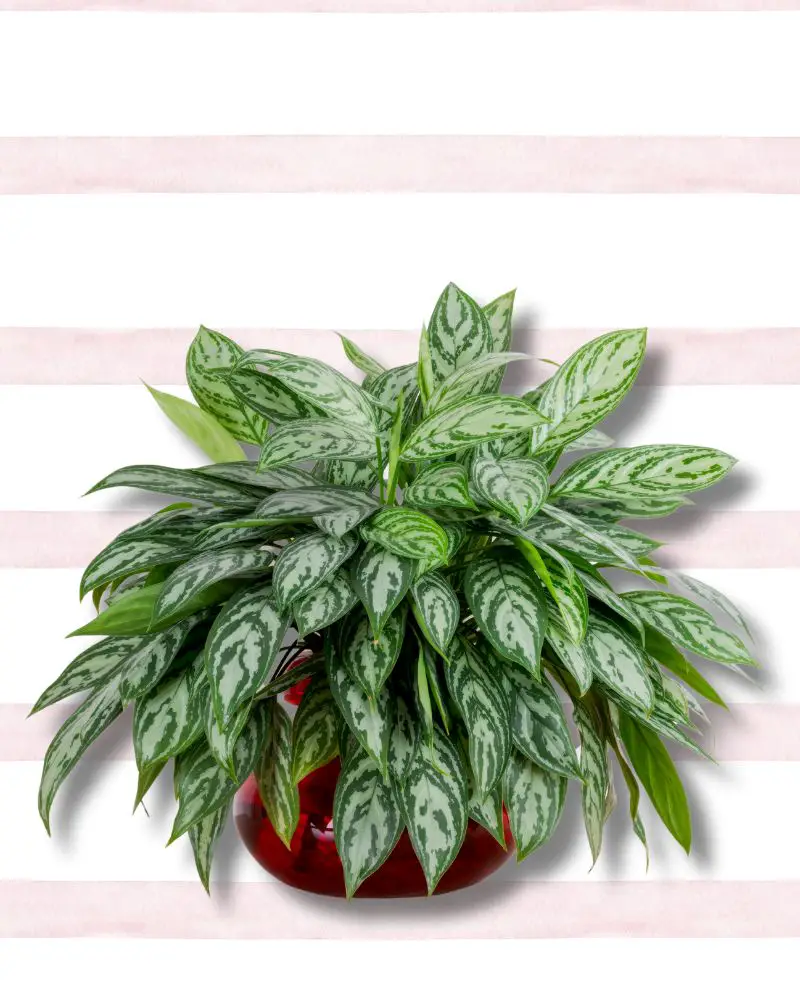
Speaking of indoor plants…
If you’re looking for a quick and easy hack for indoor plants, read: Are Succulents Perennials and Can They Grow Inside?
Keep reading How to Propagate Aglaonema Pictum Tricolor for 9 no fail tips. I’ll also explain some of the challenges you could face and what to do about them.
Finally, you’ll find a list of 9 easy ways to propogate aglaonea pictum tricolor to help get you from young root to established plant.
Common Problems When Learning How to Propagate The Aglaonema Pictum Tricolor Plant
Aglaonema pictum tricolor (Chinese Evergreen) is generally easy to care for, but it can encounter some common problems. Here are a few potential issues novice gardeners may face, along with practical solutions to fix them:
Yellow Leaves
Yellowing leaves are a common issue with Aglaonema, often caused by overwatering, poor drainage, or nutrient deficiencies.
Solution
Make sure the soil is allowed to dry out between waterings. Aglaonema prefers slightly dry conditions and does not like to sit in wet soil.
Always use a pot with drainage holes. Consider using a mix of orchid bark or cactus mix to help improve drainage.
Yellow leave could also be a sign of a nutrient deficiency. If the plant has been in the same soil for a long time, consider repotting it with fresh, nutrient-rich potting mix.
Leaf Burn
Leaf burn can occur if the plant is exposed to direct sunlight for too long, which Aglaonema doesn’t tolerate well.
Solution
Move the plant to a location with indirect light, where it will receive bright, diffused sunlight. If it’s already experiencing leaf burn, trim the damaged areas using clean scissors, and adjust its light placement to prevent further damage.
Brown, Crispy Leaf Edges
The edges of the leaves may turn brown and crispy if the plant is exposed to low humidity or dry air.
Solution
Increase the humidity levels around the plant by using a humidifier or placing a tray of water near the plant.
Misting the leaves lightly with a spray bottle can help, but avoid overdoing it, as excess moisture can lead to fungal issues.
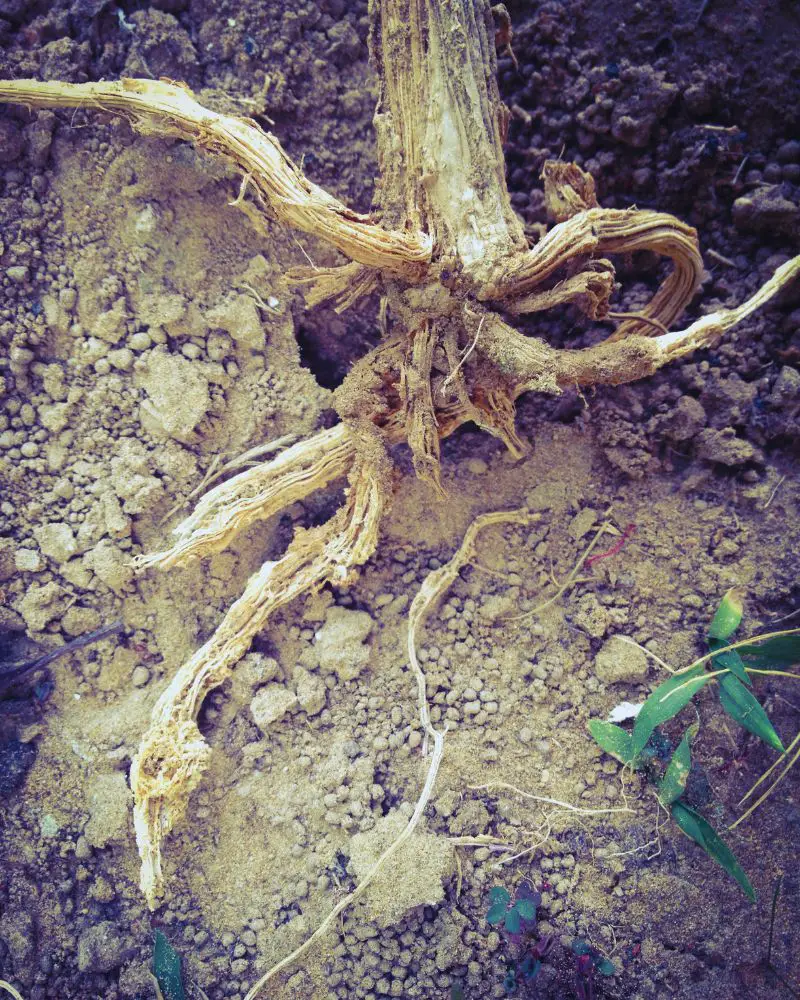
Root Rot
Root rot occurs when the plant’s roots are sitting in waterlogged soil, causing them to become mushy and unhealthy.
Solution
Always allow the soil to dry out between waterings. Check the plant’s roots by gently removing it from the pot. If you find mushy roots, trim them off with sterile scissors, and repot the plant in fresh, well-draining soil.
Consider using a mix designed for tropical plants or a cactus mix that offers better drainage.
Spider Mites
Spider mites are small pests that can cause yellowing leaves, webbing, and a generally unhealthy plant.
Solution
To combat spider mites, wipe down the leaves with a neem oil solution or use insecticidal soap. Make sure to spray both the top and bottom of the leaves, as spider mites can hide there.
If the infestation is severe, consider moving the plant to a quarantine area to prevent spreading to other houseplants.
Slow Growth
Aglaonema is a slow grower by nature, but slow growth can also be a sign of improper conditions, such as low light, low humidity, or poor soil.
Solution
Make sure the plant is receiving enough light, but avoid direct sunlight that could scorch the leaves. A spot with bright, indirect light is ideal.
If the plant is in a low-humidity area, increase the humidity levels around it.
Repot the plant into fresh, well-draining soil, as this can help encourage new growth.
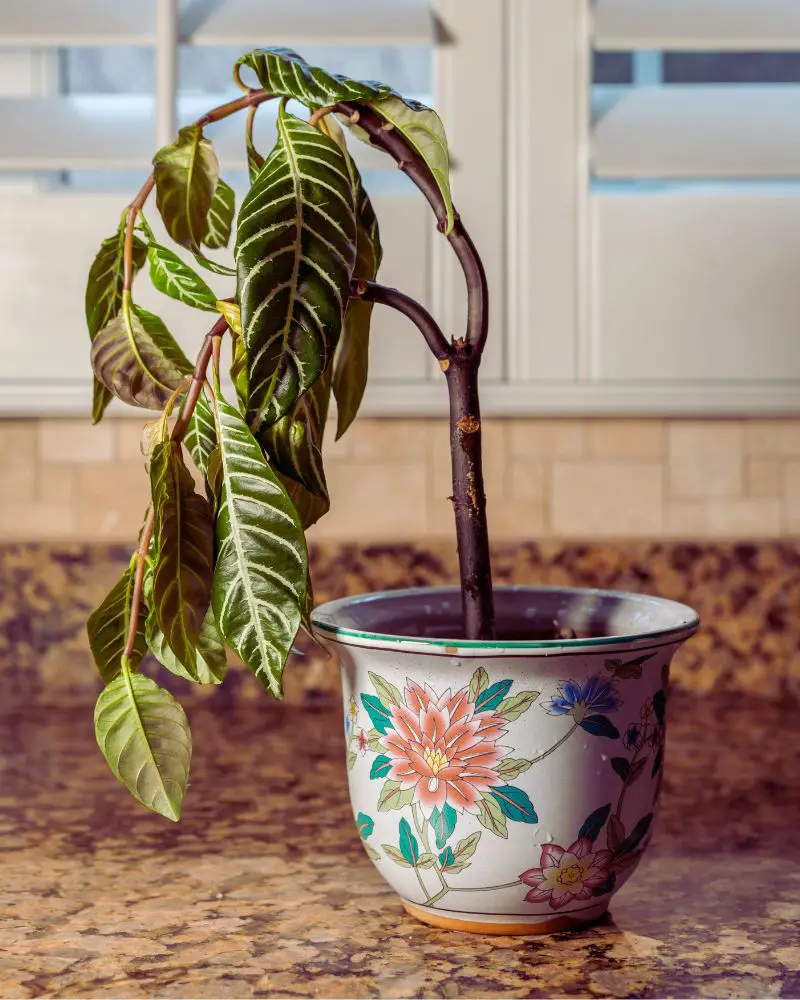
Pale or Droopy Leaves
Pale or droopy leaves may indicate that the plant is not receiving enough water or has been underwatered for too long.
Solution
Water the plant thoroughly and make sure the soil is moistened all the way through. Let the excess water drain out through the bottom of the pot to avoid root rot.
Ensure that the plant has access to warm temperatures and is placed in an environment with adequate humidity.
Inconsistent or Lack of New Growth
If your Aglaonema isn’t producing new growth as expected, it could be due to a variety of factors, such as stress from poor conditions or being root-bound.
Solution
Check the roots to see if they are overcrowded or tangled. If so, it’s time to repot the plant into a new pot with drainage holes.
Provide the plant with the right humidity levels and temperature to encourage new plants and continued growth.
Yellowing or Wilting After Transplanting
Transplant shock can sometimes cause Aglaonema plants to show signs of yellow leaves or wilting after being moved to a new home or container.
Solution
Give the plant time to acclimate to its new pot and environment. Avoid moving it too frequently. Make sure the plant is not exposed to direct sunlight while it recovers, as this can stress the plant further.
Ensure that the plant is in a location with warm temperatures and indirect light to help it settle in.
Whether you’re a beginner or have years of experience with houseplants, propagating this hardy beauty is a rewarding experience that can yield new plants to add to your collection or share with others.
If you’re looking to propagate Aglaonema pictum tricolor (Chinese evergreen), here are 9 easy tips to ensure your propagation efforts succeed.
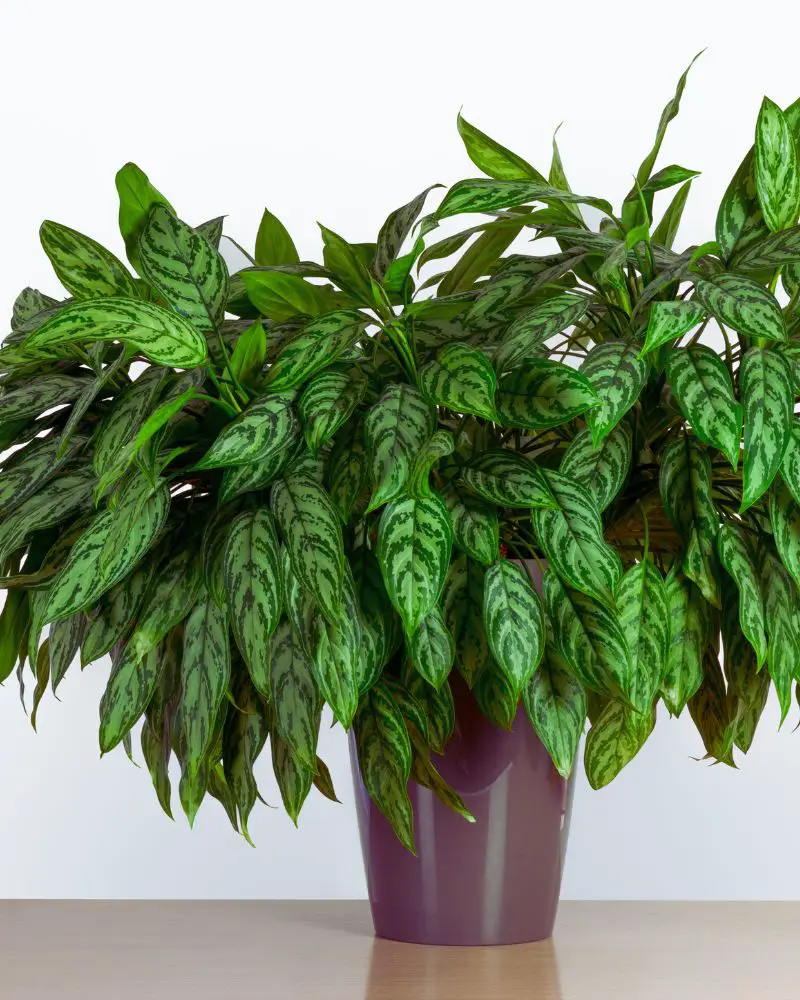
9 Easy Tips to Propagate Aglaonema Pictum Tricolor
The following tips are designed to help get you through every stage from stem cuttings to flourishing plant.
1. Use Healthy Stem Cuttings
To start your propagation, take a stem cutting with a healthy node.
The node is crucial because it’s where new growth will emerge. Choose a young plant with strong stems to ensure the best chances for success and cut just below the node for the best results.
Make sure to use sterilized scissors or pruning shears to avoid any infections or pests that could affect your new plants.
2. Provide High Humidity
Aglaonema pictum tricolor thrives in high humidity, especially during the propagation phase.
Keep the plant cutting in a humid environment to avoid root rot. The humidity will encourage healthy growth.
You can create a mini-greenhouse effect by covering the cutting with a clear plastic bag or placing it inside a humidity dome. Regular misting can also help maintain humidity levels.
3. Ensure Good Drainage
Good drainage is essential to prevent root rot, which can occur if the cutting sits in waterlogged soil.
When potting your cuttings, use a soil mix with excellent drainage holes like orchid bark or a mix of perlite and potting soil.
This will allow excess moisture to escape, preventing stagnant water and creating the perfect conditions for root development.
4. Provide Indirect Light
Although Aglaonema pictum tricolor enjoys enough light to encourage growth, direct sunlight can cause leaf burn.
Place your cuttings in a location with indirect light or a spot that receives bright but filtered light.
Too much direct sunlight can harm the plant, causing the leaves to dry out or develop spots.
The key is slow growth in the right light conditions to promote healthy root formation.
5. Maintain Warm Temperatures
This tropical beauty thrives in warm temperatures, ideally between 65°F to 80°F. Avoid placing the cuttings in a spot that is too cold, as this will slow down the propagation process.
This temperate range puts you in the USDA hardiness zones between 7 – 10. For more information on USDA hardiness zones, read: Are Encore Azaleas Perennials? 5 No Fail Care Tips.
For the best results, ensure the new plants are kept in a warm, humid environment with a stable temperature range to encourage rapid root development.
6. Watch Out for Uninvited Guests
While Aglaonema pictum tricolor is a hardy plant, pests such as spider mites and aphids can sometimes invade, especially if the humidity is too low.
Keep an eye out for yellow leaves or any signs of damage to the leaves, which could indicate an insect problem.
If you spot any pests, use natural remedies like neem oil or insecticidal soap to protect your plant. Regularly checking the plant’s condition will help prevent uninvited guests from disrupting your propagation efforts.
7. Keep Soil Moist but Not Too Wet
When propagating the Chinese evergreen, it’s important to keep the soil moist, but not overly wet.
Overwatering can cause root rot and stunt growth. This plant requires occasional watering to keep its roots hydrated, but it doesn’t like to sit in excess moisture.
Always ensure the container has drainage holes to allow any excess water to escape, keeping the soil moist without becoming waterlogged.
8. Allow for Slow Growth
As with many slow growers, patience is key when propagating Aglaonema pictum tricolor.
Don’t rush the process! Instead, give the plant time to root and settle into its new home.
Over time, you’ll start to see new growth emerge from the cutting. However, slow growth is normal for this tropical plant, especially during the early stages of propagation.
With the right conditions, your cutting will eventually develop roots and begin growing into a full, healthy plant.
9. Repot into a New Pot
Once your young plant has developed a strong root system and new growth begins to appear, it’s time to transfer it into a larger pot.
A new pot with a good drainage system will give your Aglaonema pictum tricolor the room it needs to grow. Be sure to use well-draining soil to promote healthy roots and prevent water retention.
The roots should be fully established before transferring the plant into a new pot to avoid shocking the system.
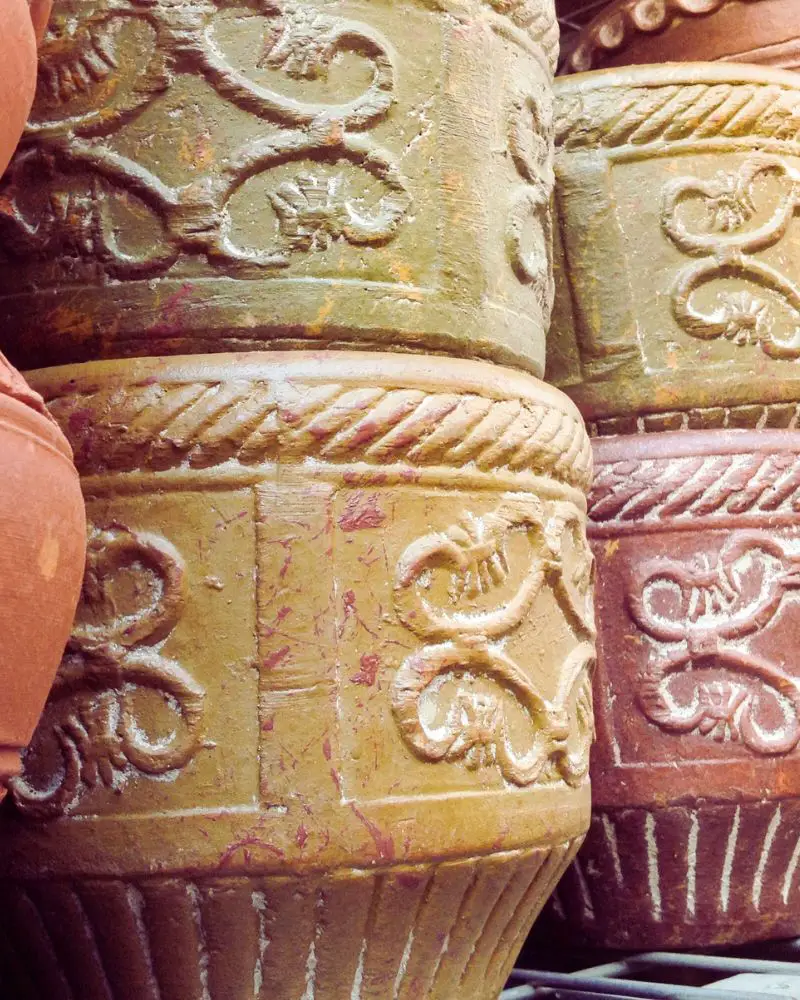
Conclusion
Learning how to propagate aglaonema pictum tricolor (Chinese evergreen) can be a rewarding experience with the right approach.
With a little attention and care, you’ll soon have new, thriving plants to enjoy. Whether you’re a seasoned pro with years of experience or a beginner looking to learn, following these simple tips will ensure your propagation efforts are a success.

